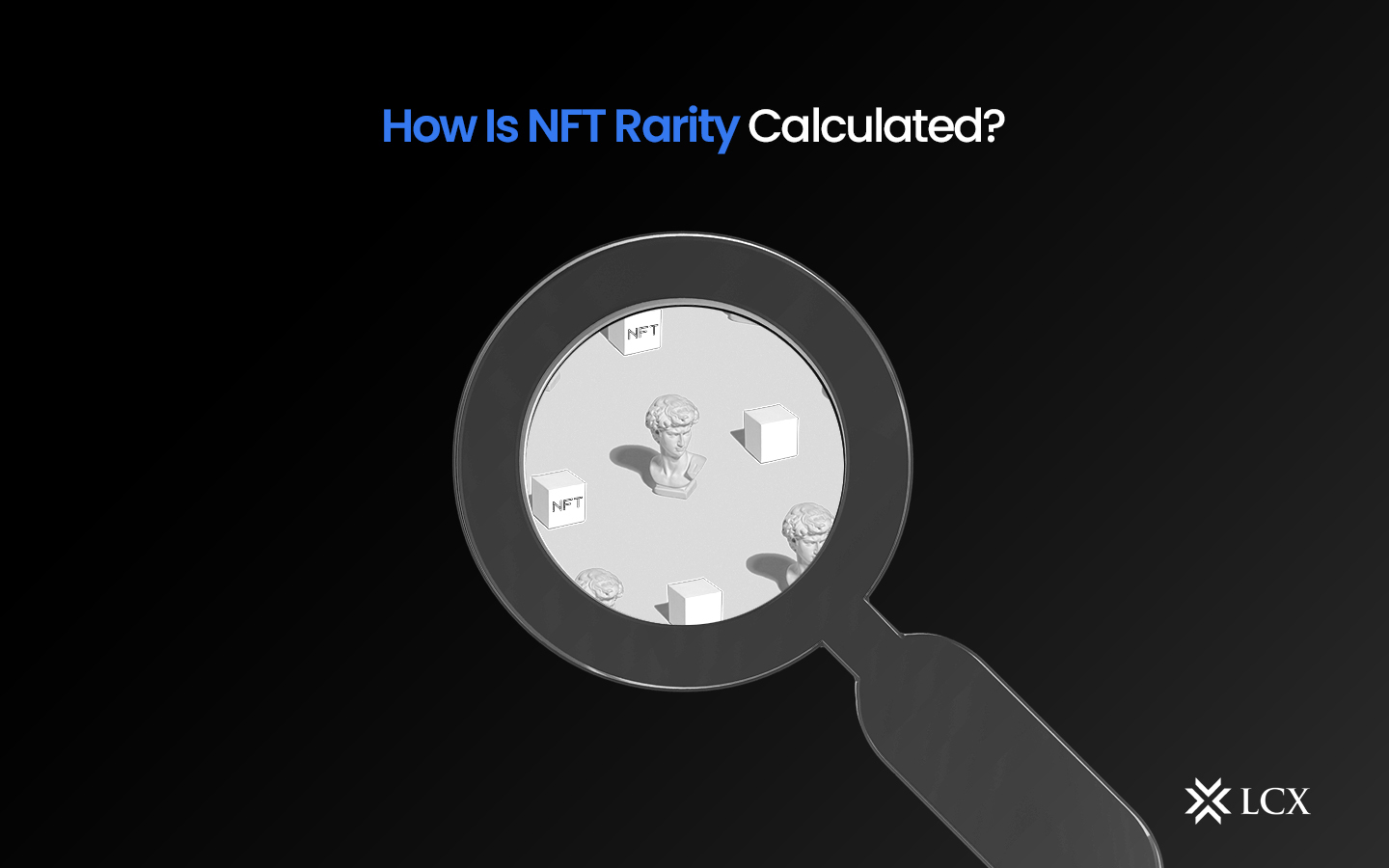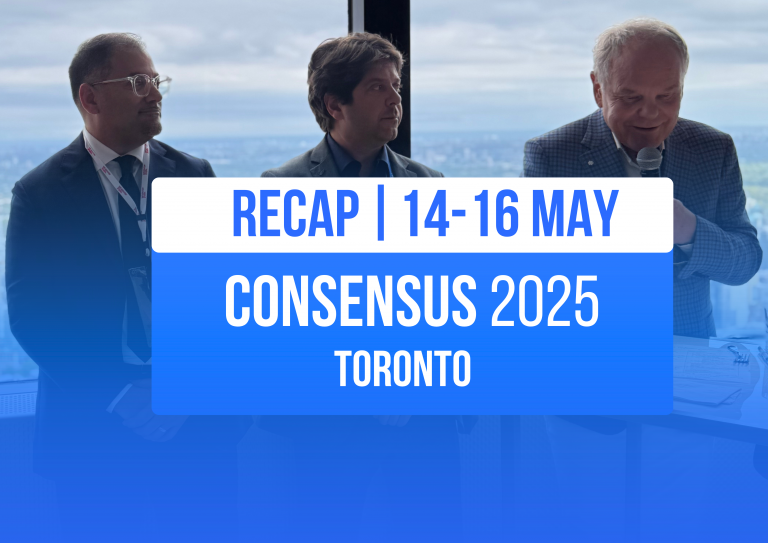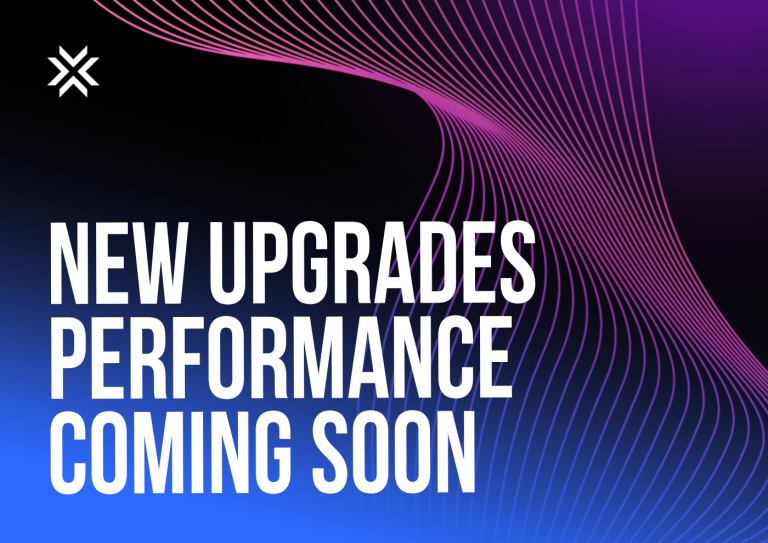NFT rarity contributes to its apparent cultural and artistic importance. For instance, an NFT that is the only one of its kind and has considerable cultural or historical significance may be regarded as a rare and essential artifact. However, why is NFT’s rarity significant?
The market value and desirability of a nonfungible token can be substantially affected by its rarity, which also impacts its secondary market value. In addition, NFT collectors frequently seek out unique and uncommon nonfungible tokens to include in their collections. Every single NFT has a distinct individual value. And the rarity of an NFT contributes to its value. The majority of NFTs are distributed in big sets or collections, with a rarity score ascribed to each unique token.
What is NFT Rarity?
In a collection, NFT rarity signifies the distinctiveness or exclusivity of a specific nonfungible token. Non Fungible token rarity is affected by the overall number of nonfungible tokens in a collection, the number of duplicates of a specific nonfungible token in the collection, and the unique qualities or characteristics of a particular NFT.
On the other hand, certain NFT collections might include a small total number of nonfungible tokens, which can enhance the rarity of each NFT in that collection. Some collections may contain a large number of NFTs, but a particular nonfungible token may be rare due to its unique characteristics, such as its color program animation, or sound.
The rarity of collectibles from the NFT can have a significant impact on their value. Due to their rising worth and collector demand, the selling price of unique NFTs on NFT marketplaces may increase. Some NFT initiatives have even developed algorithms to determine the rarity of specific NFTs inside a collection, which can aid buyers and sellers in determining the value of an NFT.
What is an NFT Calculator?
A NFT rarity analyzer is a tool or service that enables users to evaluate the rarity of a nonfungible token, the value of which can frequently depend on its limited availability, uniqueness, and rarity.
NFT token rarity calculators consider the properties, metadata, and characteristics of a nonfungible token, among others, to determine its rarity. For instance, the analyzer could evaluate the color scheme, pixel density, and other visual features of a nonfungible token picture to determine its rarity.
Alternatively, an NFT rarity verifier may evaluate the demand for a specific nonfungible token or the number of copies of that NFT on the blockchain to figure out its rarity.
How to Determine the NFT Rarity?
The following are common procedures that an NFT rarity calculator may take to ascertain the rarity of a nonfungible token:
Identify the rarity: The calculator must initially identify the precise NFT being assessed. This may entail entering the token ID or any additional identifying data for the non fungible token.
Collect data: The calculator then collects data about the NFT, including its characteristics, sales performance, and blockchain information.
Analyze features: The calculator may assess the NFT’s visual and other properties, such as the number of pixels and other distinguishing characteristics.
Evaluate rarity: The calculator can then employ formulas to determine the NFT’s rarity depending on the data garnered and its analysis of the token’s characteristics. The NFT can be contrasted with other non fungible tokens in the exact same set, as well as sales data and market trends.
The calculator also provides a numerical assessment of the NFT’s rarity, which is typically displayed as an assessment or rating. This information can be used by buyers and sellers to estimate the NFT’s value.
Nevertheless, the rarity and value of an NFT can also be affected by other variables, such as current market conditions and buyer and vendor sentiment, so it is essential to remember that these calculators are not perfect.
Formulas for Determining Rarity
Due to the significance of rarity, four models have been devised to estimate the rarity of an NFT within a collection.
Rating of trait rarity: NFT rarity can have a variety of characteristics, with each NFT possessing distinct manifestations of a trait or none at all. The NFT with an uncommon trait receives the highest grade according to the trait rarity model. Consider a collection of 500 NFTs featuring unicorns, where the horn is one of 10 potential characteristics. If only one NFT possesses a golden horn and the other NFT is the sole owner of any other characteristic, that NFT would receive the trait rarity rating.
Normal attribute frequency: This metric combines the rarity scores of an NFT’s characteristics. Each trait’s rarity score is represented as a percentage. (12 percent of unicorns have crimson sunglasses, 20 percent have blue tails, etc.) The sum of these percentages is then divided by the total number of characteristics possessed by the NFT.
Rare statistical occurrence: This indicator is determined by multiplying the percentages of all of an NFT’s traits. Low-scoring NFTs would be regarded as rarer than high-scoring ones. (It is important to observe, nevertheless, that distinct groups favor different rarity calculation methods.)
Rarity rating: This approach is the most popular and was created by the creator of rarity.tools. First, you determine the rarity number for each trait by dividing 1 by the trait’s rarity. The NFT’s rarity score is calculated by adding the scores for every one of its characteristics.
Is a high rarity ranking beneficial for an NFT?
Wondering what a decent NFT score means or if a high scarcity score indicates the rarest non fungible token? The answer is that there is no one-size-fits-all approach to determining what constitutes a “good” NFT rarity score, as the score depends on a number of variables, such as the particular non fungible token collection, the attributes or characteristics being measured, and the current market conditions. Moreover, even if a high score is favorable for an NFT, which tends to be random and is vulnerable to the mentioned influences. In addition, a high rarity score is not always indicative of an excellent value or reselling price because other factors, such as the artist’s reputation and the cultural or historical significance of the non fungible token, may also play a role.
Therefore, while a high score may be a reliable indicator of the value and uniqueness of a nonfungible token, it is essential to consider other factors when establishing the significance of a nonfungible token.










